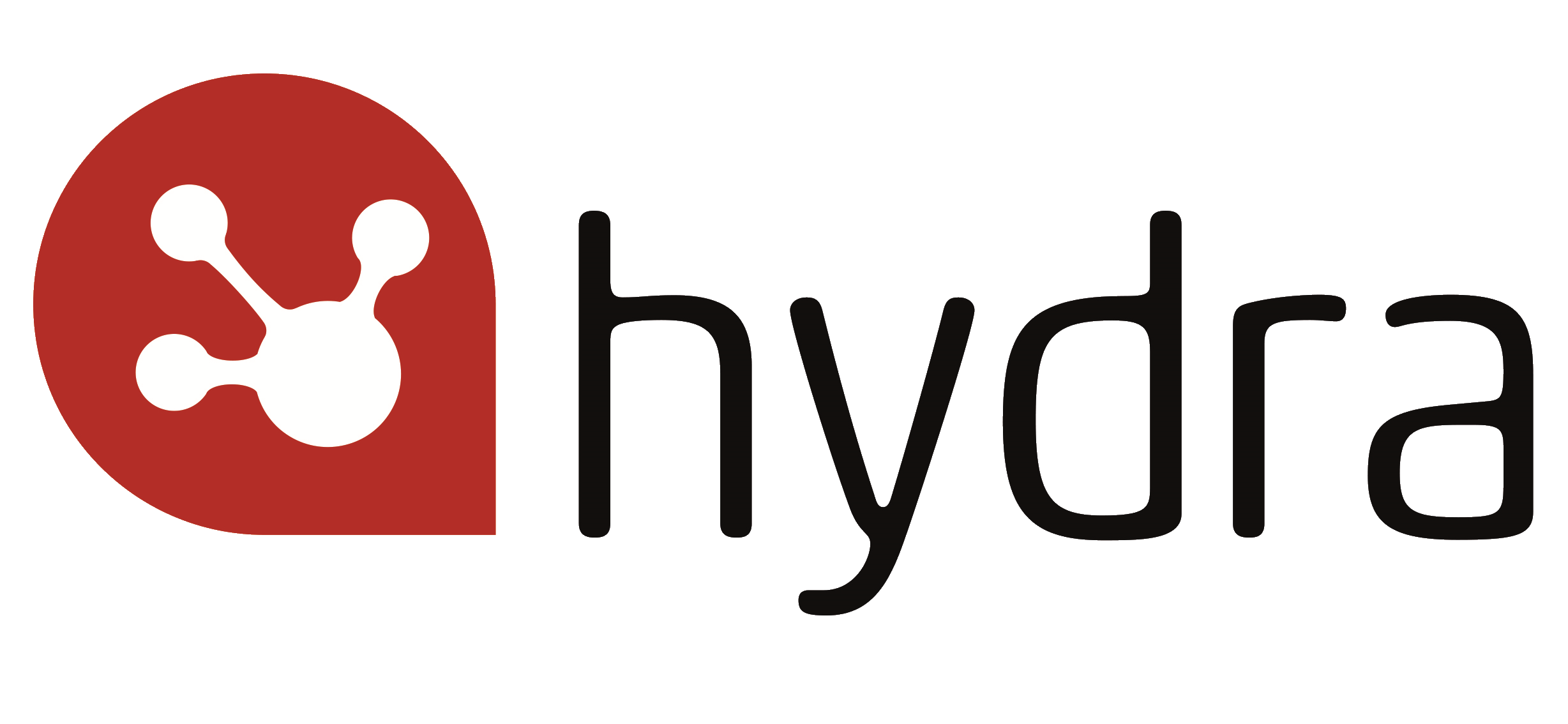Templates versus Blueprints
In this article we discuss templates versus blueprints, what they are and how they differ.
What is a template?
A template is normally a file that serves as a starting point for a new document or project. When you open a template, it is pre-formatted in some way. For example, you might use a template in Microsoft Word that is formatted as a business letter.
A Microsoft Project or Excel template can be a framework that helps you to get started with new projects and a tool used to standardise an output. This may include flavours of Gantt charts, tasks and documents. Project templates enable you to capture and re-use the structure and content of existing projects, including project pages, custom fields, and work flow definitions, to speed new project creation and standardise lifecycle processes.
Templates can be for your task and task lists and they can be used whenever you create similar work in the future. You can open a template to create a local copy as a new document but you cannot modify the original without special permissions.
Templates are probably the most widely used tool in project and resource management. You can have templates for any number of processes or deliverables including document management, financial, or time and expense management.
But what if there was something that could capture all that and more, in one place and continually evolve?
That's where Blueprints are different.
What is a Blueprint?
A Blueprint is the framework and vault that contains all the knowledge for delivery of a project or service, organically and continually evolving.
Can you see a Blueprint? – yes of course! Within Hydra, each client works from their own unique project Blueprint(s).
What’s inside a Blueprint?
A Blueprint contains everything needed for an organisation to successfully deliver its project or service. But isn’t that just knowledge management I hear you cry?! No it’s far more! From methodology and planning to documentation and reporting, it’s all stored within one place – the Blueprint. A Blueprint is the engine room that drives an organisations project or service delivery – the holy grail of project management and delivery.
By using a Hydra Blueprint to deliver a project or service, our clients know that they have every possible piece of documentation, process, resource, skill and guide that is available, to deliver the project at optimum level and at the lowest risk. Because it is following a Blueprint, an organisation knows that it is following the correct procedures, knows the common risks and has all the documentation available at its fingertips to ensure that it delivers the project successfully and that it can do this repeatedly at the same optimum level.
From a Hydra Blueprint an organisation can translate its service or project delivery into a set of best-practices i.e. the optimum way of delivering a project or service time and time again and these best-practices can be shared across the organisation and even with its partners. Read more about how Hydra Blueprinting can help your Partner Network using our innovative Partner Assurance concept.
Blueprints use exceedingly complicated data models that capture all the knowledge related to a project or service delivery, thereby have the ability to digitally transform your Business.
They are organic because lessons learned from projects are fed-back or ’baked’ into the blueprint for future use, leading to continuous improvement and optimisation and enhanced risk management, thus lowering project risk and costs.
However, if you are just starting out on this journey then don’t panic! Blueprints generally start simple, containing the basic workflow, deliverables, and reports to deliver repeatable, efficient projects. Over time they grow with your business, adding documentation, skills, resource management, finance management and more!
AI-ready technology
AI has the potential to revolutionise project management and it will make Project Managers jobs better and faster but before organisations can take full advantage of the technology and its capabilities it is the data that they need to get to grips with.
Organisations who are still using excel spreadsheets to manage their projects face a mammoth task to prepare the data; get it out of people’s heads, prepare it, standardise it, centralise it, structure it in a contextualised way and decide where to store it.
However, organisations using Hydra for their project and resource management are already well-prepared for AI. Why? Because Hydra is AI-ready. Hydra produces a lot of contextual data from projects using its blueprint technology. The data is held centrally and securely in a standardised and structured way and is ready for AI to extract and mine for information.

Conclusion
For a template to take on a Blueprint would be a very unfair match. They are not even in the same weight category, and it would be like Barry McGuigan fighting Muhammad Ali.
Blueprints are the future, they can help you get your data AI-ready and have the potential to save time and money. If you would like to see Hydra's blueprint technology in action, they are covered in our free demonstration when you will also learn how to
- Navigate the intuitive interface
- Create a new project
- Create a project schedule
- Add in project tasks
- Plan-in and track deliverables
- Assign resources
- Use task & deliverables tracking
- Access the reports and dashboards
Your free demo is just a few clicks away!


